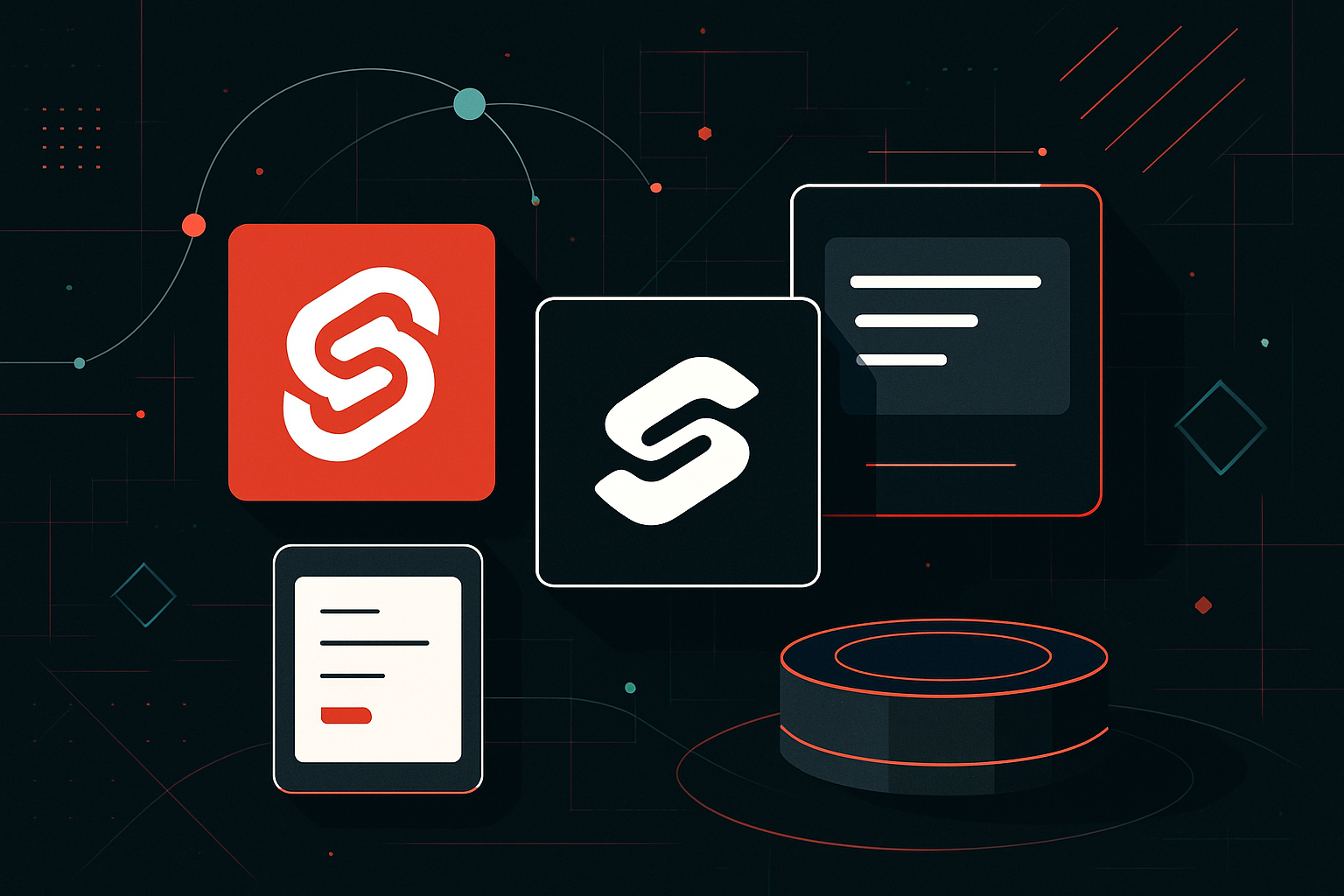Web3 Development: Building Decentralized Applications

Web3 Development: Building Decentralized Applications
Understanding Web3 and Decentralized Applications
Web3 represents the next generation of the internet, emphasizing decentralization, user control, and transparency. At its core, Web3 development focuses on building decentralized applications (dApps) that run on blockchain technologies.
Key Characteristics of dApps
- Decentralization: Operate on a peer-to-peer network rather than centralized servers.
- Open Source: The codebase is typically open for review and contribution.
- Tokenization: Often involve an economic incentive through tokens.
- Smart Contracts: Utilize self-executing contracts with terms written into code.
Essential Tools and Technologies for Web3 Development
Blockchain Platforms
- Ethereum: The most popular platform for dApp development due to its robust smart contract capabilities.
- Binance Smart Chain: Offers faster and cheaper transactions.
- Polkadot: Facilitates interoperability between different blockchains.
- Solana: Known for high throughput and low transaction costs.
| Blockchain Platform | Key Features | Use Cases |
|---|---|---|
| Ethereum | Smart contracts, large ecosystem | DeFi, NFTs |
| Binance Smart Chain | Low fees, EVM compatibility | DeFi, gaming |
| Polkadot | Interoperability, scalability | Cross-chain applications |
| Solana | High speed, low cost | High-frequency trading |
Development Frameworks
- Truffle: A popular Ethereum development framework that simplifies contract compilation and deployment.
- Hardhat: A flexible and extensible tool that supports testing, debugging, and deploying Ethereum smart contracts.
- Brownie: A Python-based framework for Ethereum, which is particularly useful for those familiar with Python.
Programming Languages
- Solidity: The primary language for writing Ethereum smart contracts.
- Vyper: An alternative to Solidity, focusing on security and simplicity.
- Rust: Used for Solana’s smart contracts and favored for its performance and safety features.
Building a Basic dApp: Step-by-Step Guide
Step 1: Set Up Your Development Environment
-
Install Node.js and npm: Required for running development tools.
bash
sudo apt update
sudo apt install nodejs npm -
Install Truffle Framework:
bash
npm install -g truffle -
Install Ganache: A local blockchain for testing.
- GUI version or via command line:
bash
npm install -g ganache-cli
Step 2: Create a New Truffle Project
-
Initialize Truffle:
bash
mkdir MyDApp
cd MyDApp
truffle init -
Configure Truffle: Modify
truffle-config.jsto connect to Ganache.
javascript
module.exports = {
networks: {
development: {
host: "127.0.0.1",
port: 7545,
network_id: "*"
}
}
};
Step 3: Write a Simple Smart Contract
- Create a Contract File:
contracts/SimpleStorage.sol
“`solidity
// SPDX-License-Identifier: MIT
pragma solidity ^0.8.0;
contract SimpleStorage {
uint storedData;
function set(uint x) public {
storedData = x;
}
function get() public view returns (uint) {
return storedData;
}
}
“`
- Compile the Contract:
bash
truffle compile
Step 4: Deploy the Smart Contract
- Write Migration Script:
migrations/2_deploy_contracts.js
“`javascript
const SimpleStorage = artifacts.require(“SimpleStorage”);
module.exports = function(deployer) {
deployer.deploy(SimpleStorage);
};
“`
- Deploy to Ganache:
bash
truffle migrate --network development
Step 5: Interact with the Contract
-
Open Truffle Console:
bash
truffle console --network development -
Interact with the Contract:
javascript
let instance = await SimpleStorage.deployed();
await instance.set(42);
let value = await instance.get();
console.log(value.toString()); // Outputs: 42
Frontend Integration with Web3.js
-
Install Web3.js:
bash
npm install web3 -
Connect to Ethereum Network:
javascript
const Web3 = require('web3');
const web3 = new Web3('http://localhost:7545'); // Ganache network -
Interact from Frontend:
“`javascript
const contractABI = [ / ABI from compiled contract / ];
const contractAddress = ‘0x…’; // Contract address from deployment
const simpleStorage = new web3.eth.Contract(contractABI, contractAddress);
// Set value
simpleStorage.methods.set(42).send({ from: ‘0xYourAccountAddress’ });
// Get value
simpleStorage.methods.get().call().then(console.log);
“`
Best Practices in Web3 Development
- Security First: Validate inputs, handle reentrancy, and be cautious with third-party libraries.
- Efficient Gas Usage: Optimize smart contracts to minimize gas costs.
- Test Rigorously: Use testing tools like Mocha and Chai to ensure robust contracts.
- Regular Audits: Conduct security audits to identify vulnerabilities.
- Stay Updated: The Web3 ecosystem evolves rapidly; keep up with the latest developments and improvements.
Conclusion
By understanding the core principles, tools, and best practices of Web3 development, developers can build secure and efficient decentralized applications. The transition from traditional centralized architectures to decentralized systems promises greater user control and enhanced transparency, making Web3 development an exciting and revolutionary field.





0 thoughts on “Web3 Development: Building Decentralized Applications”